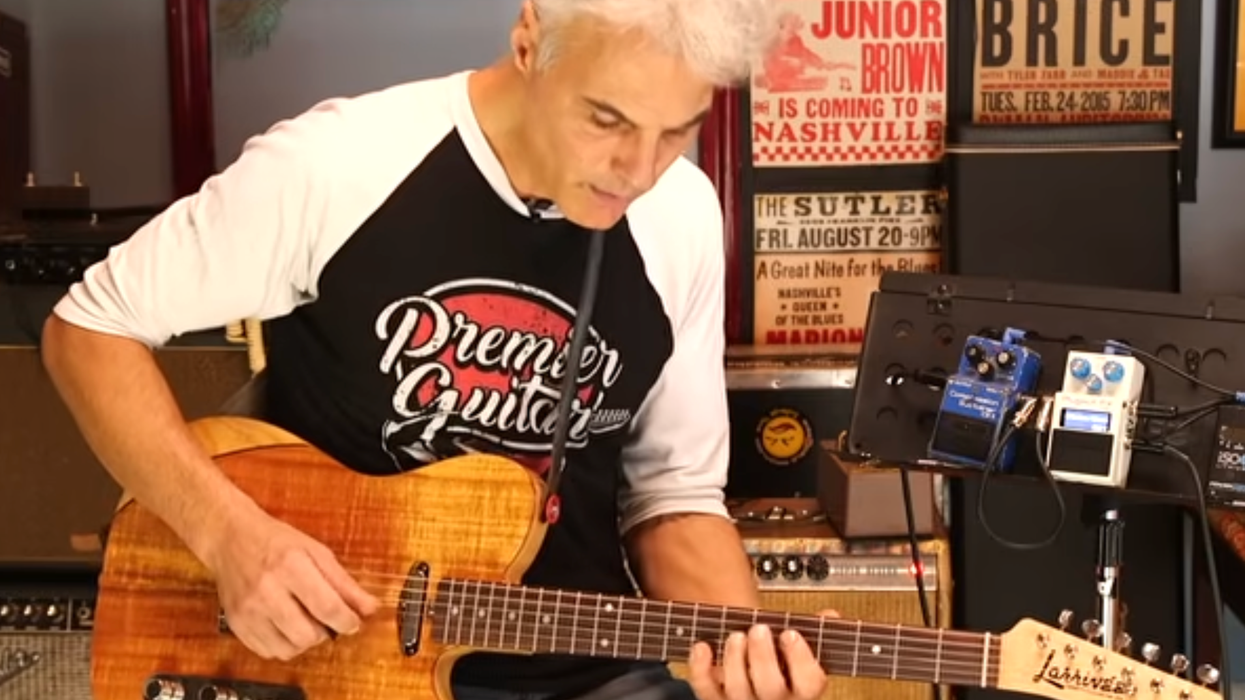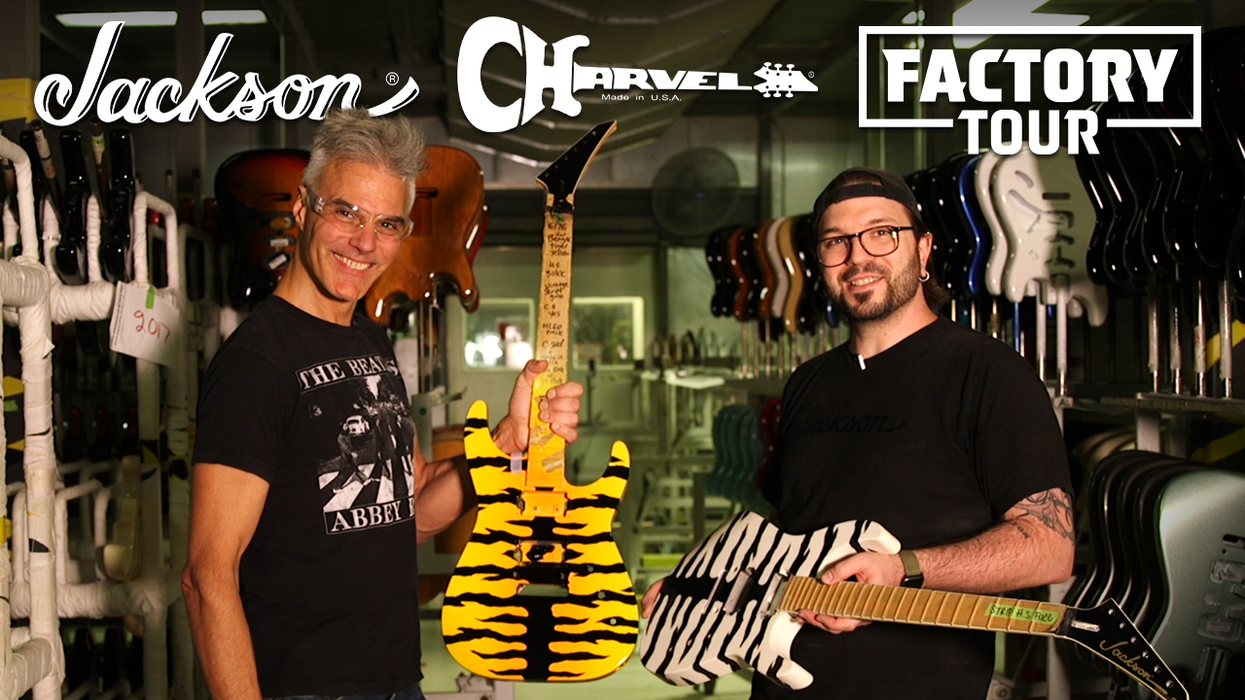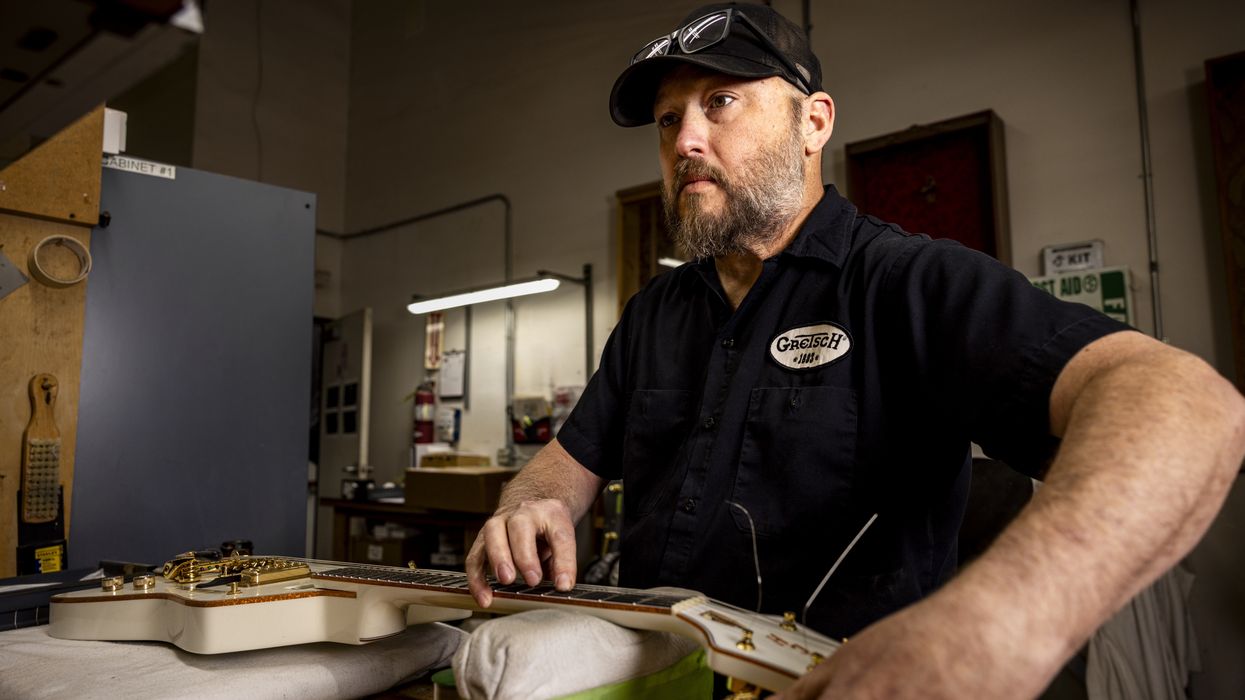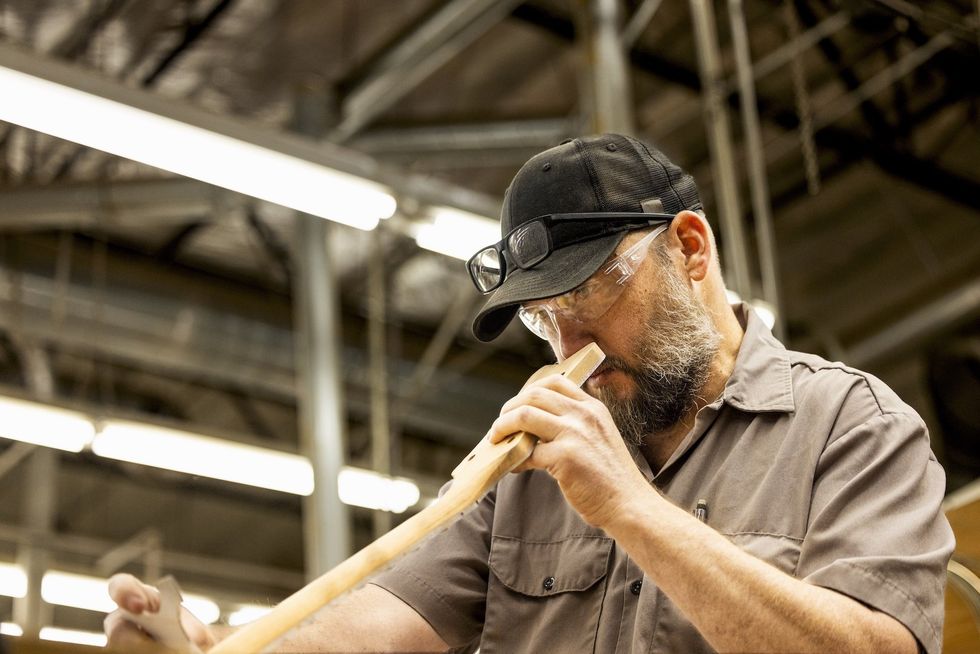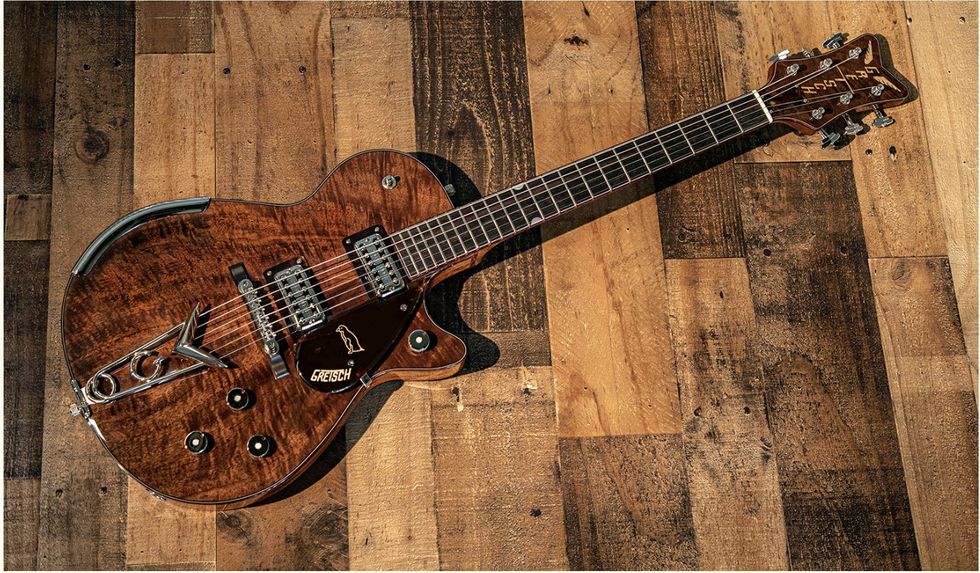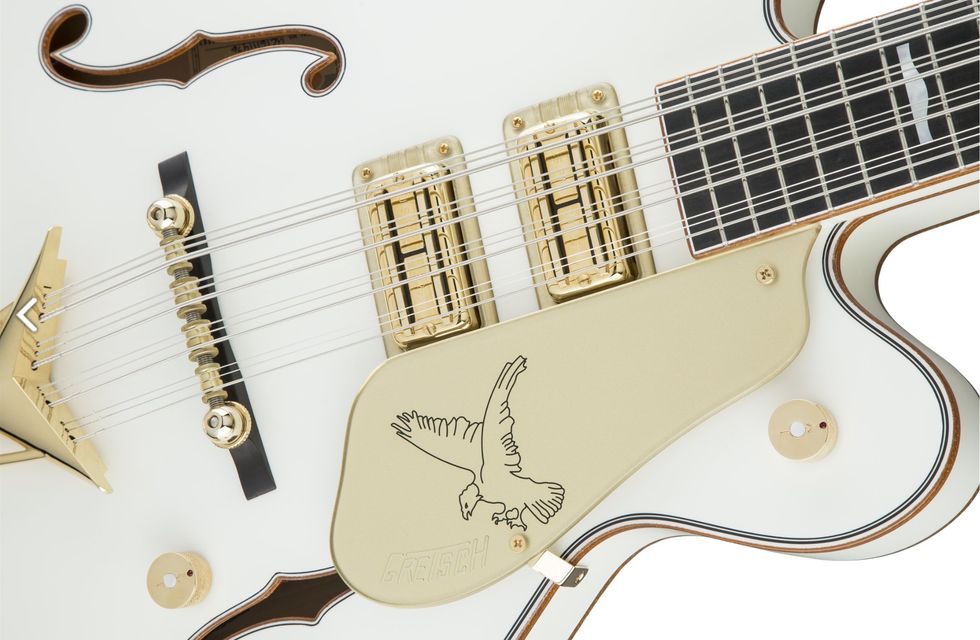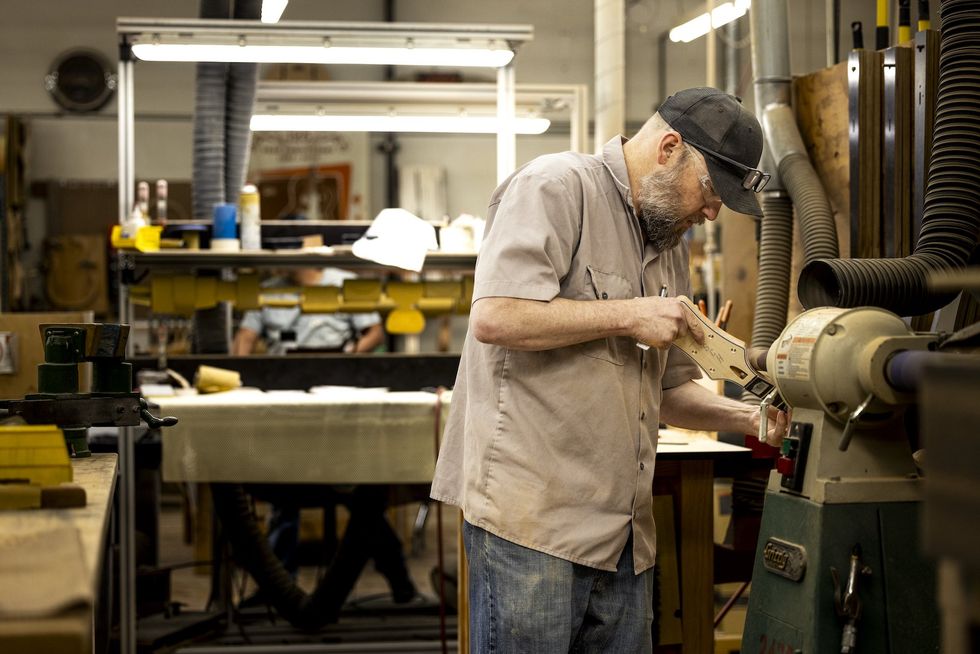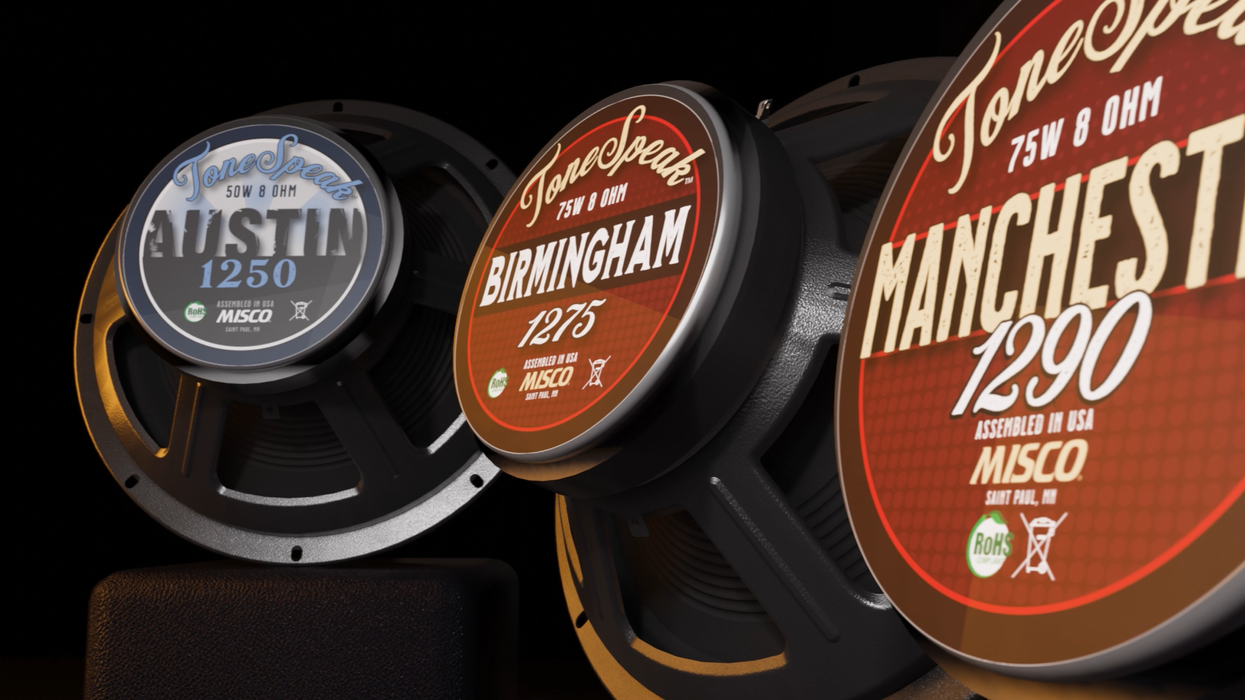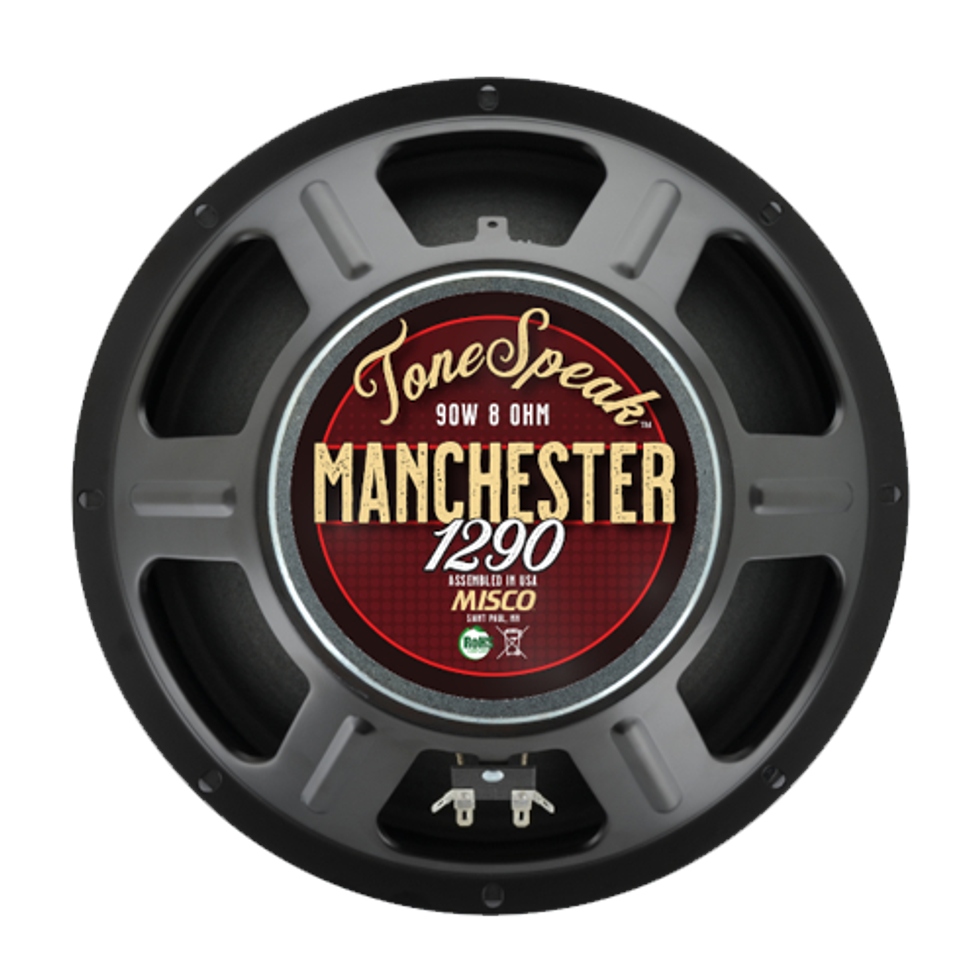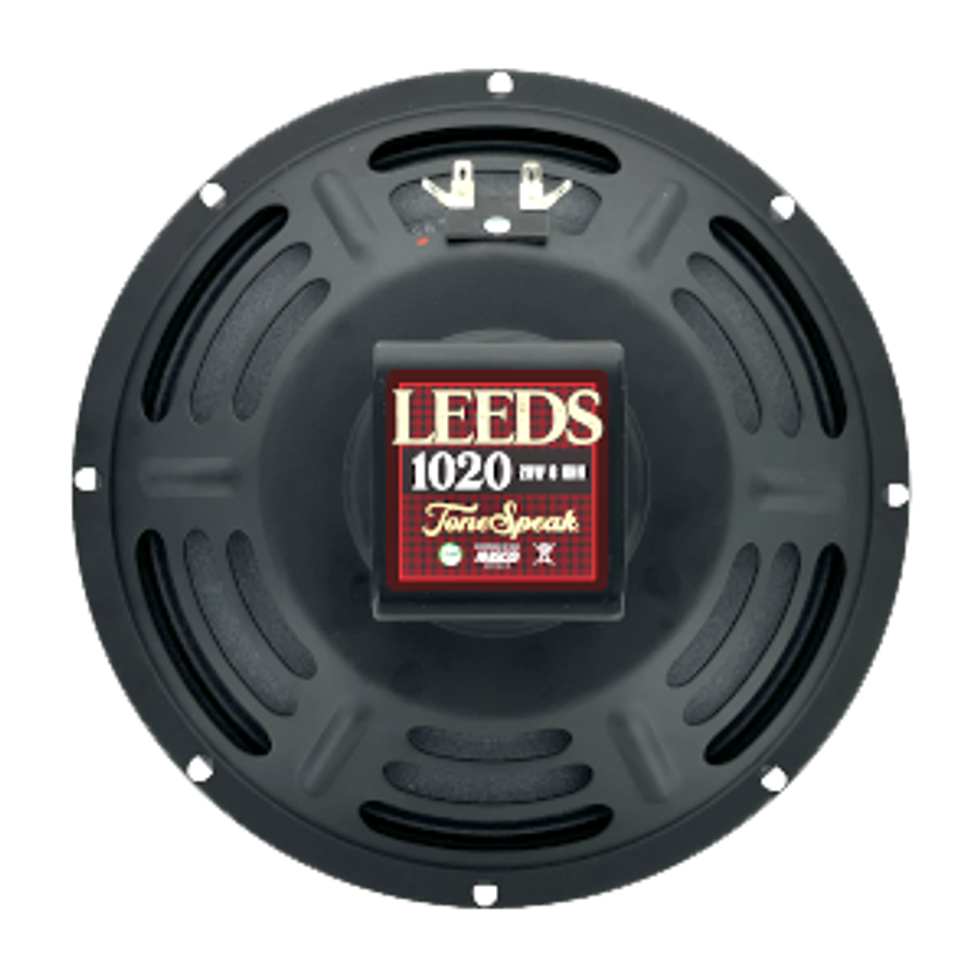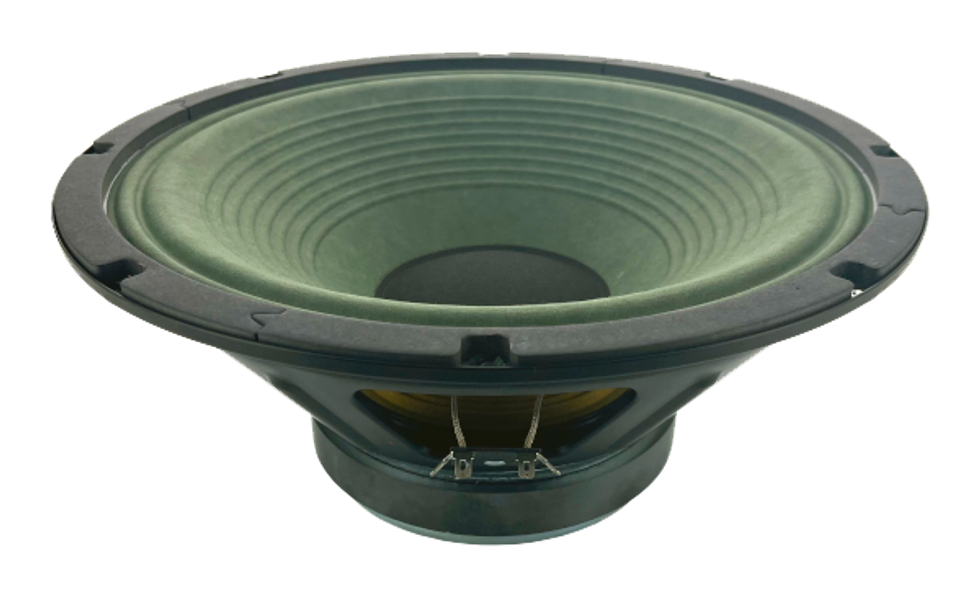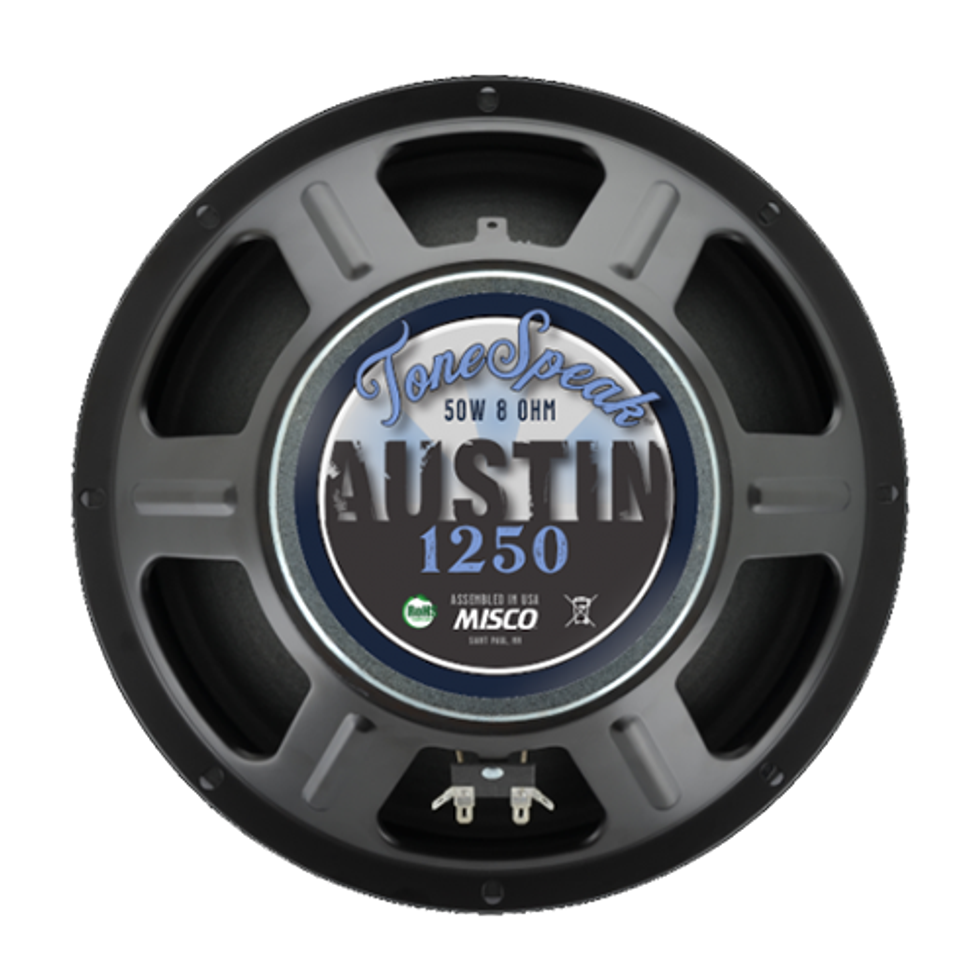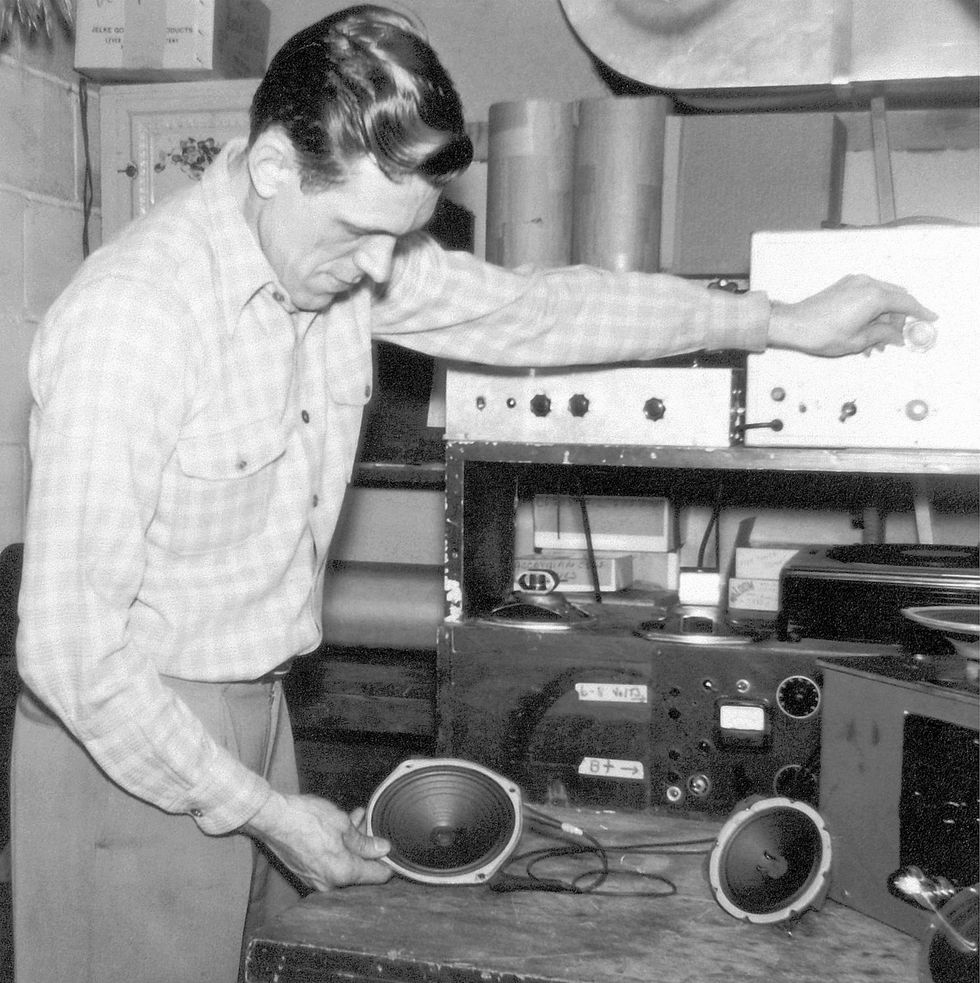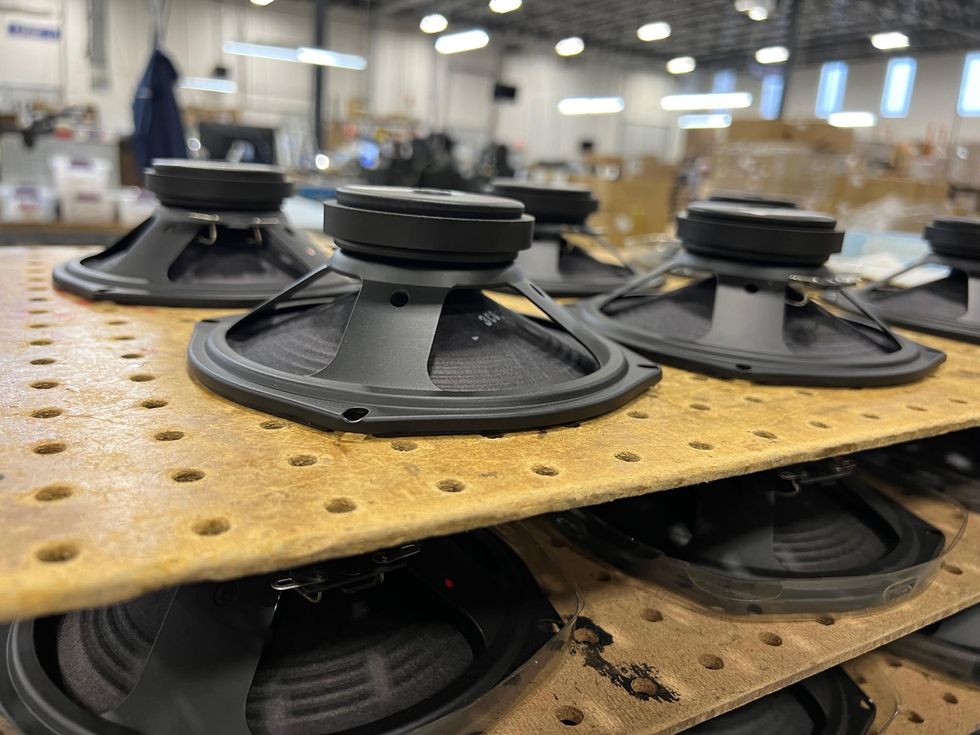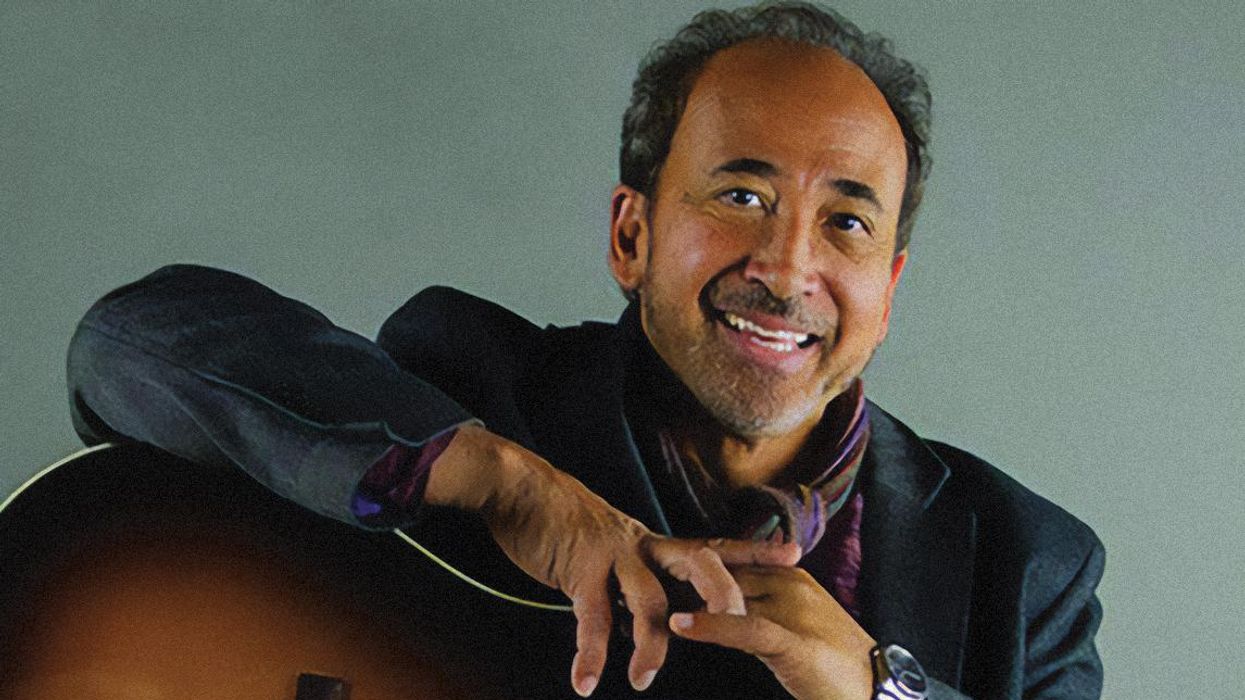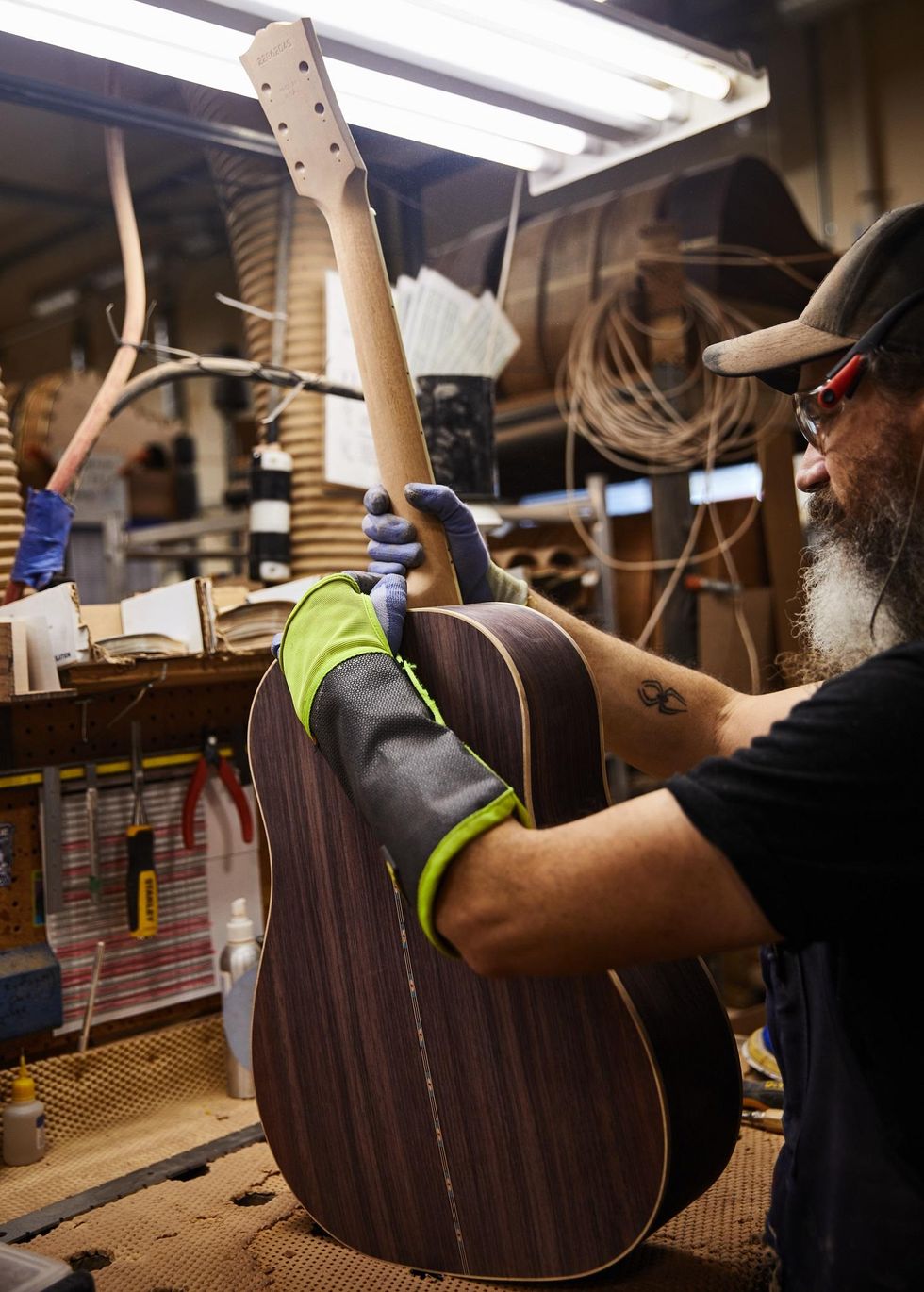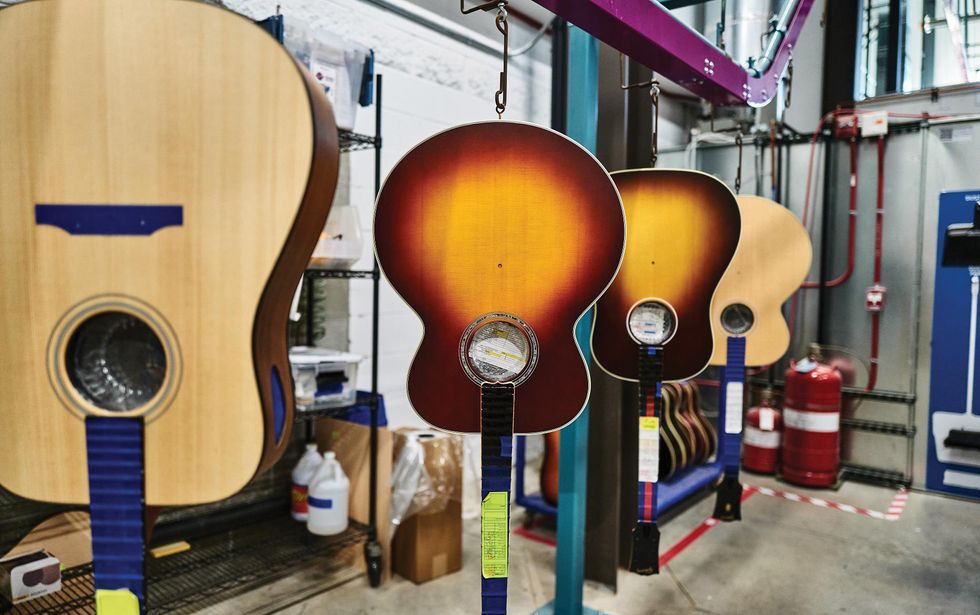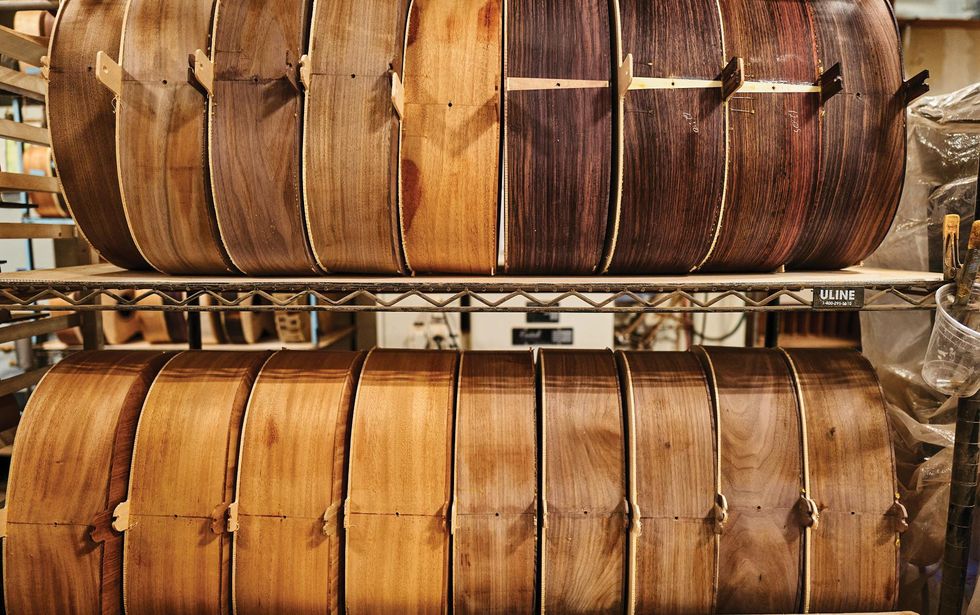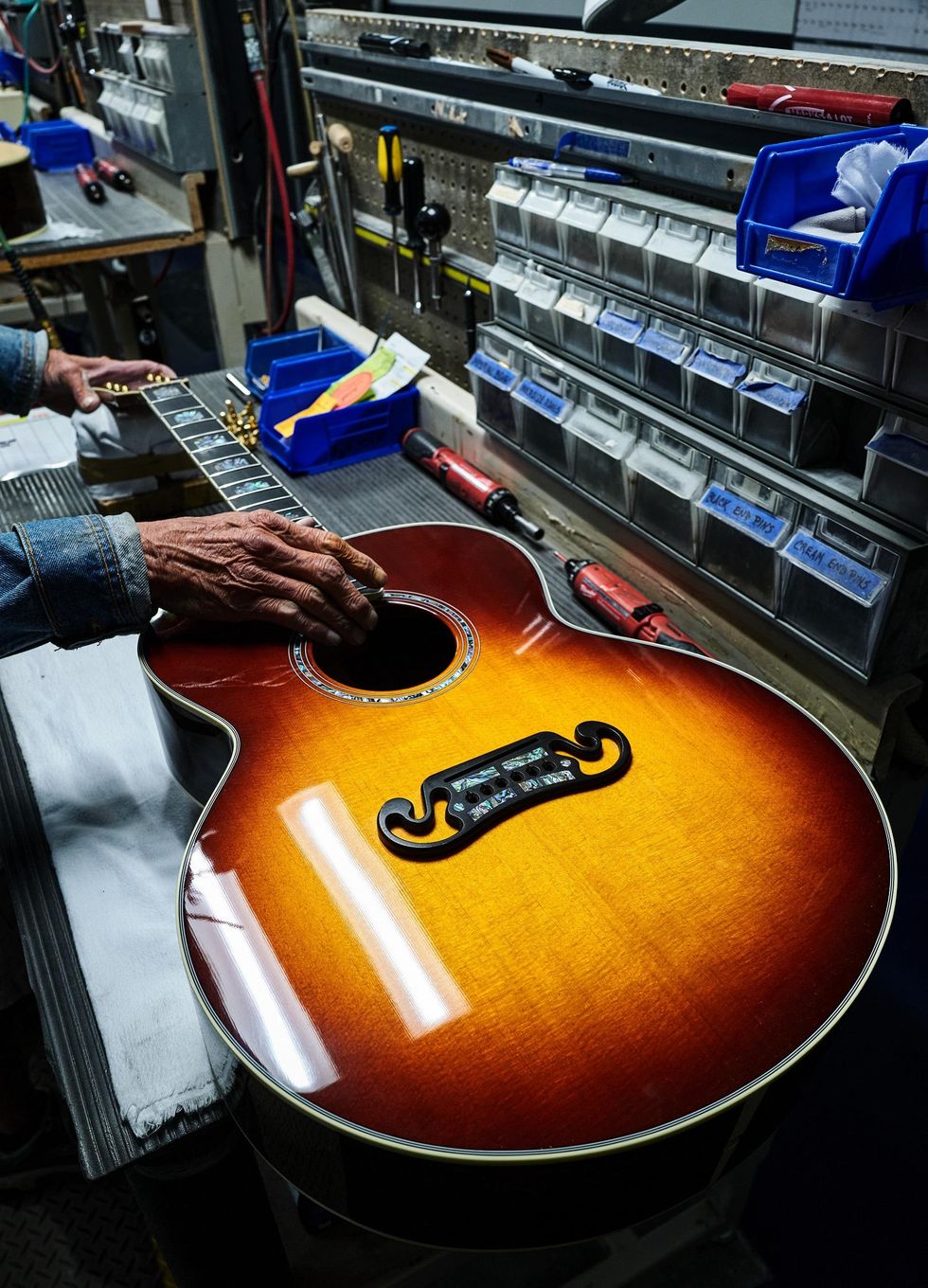John Bohlinger and the PG video crew visit the SoCal HQ of the revamped amp builder that has a growl for every guitarist.
Bad Cat Black Cat
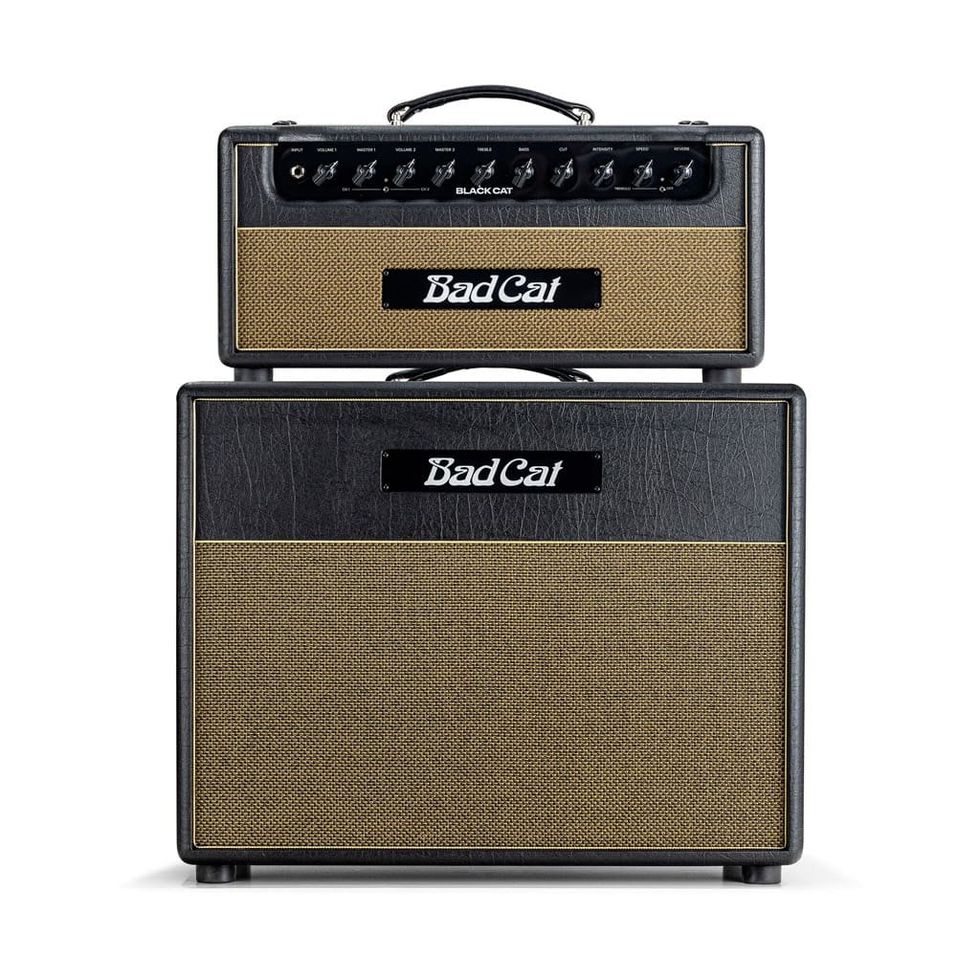
The new Black Cat could’ve started with an “American” channel and a “British” channel, promising “classic” tones that remind you of your childhood guitar heroes, but you’ve already heard that promise and you’ve already played that amp. The Black Cat promise is different. Sure, we’re going to share some things in common with our forebears, like an all-tube signal path, powerful transformers, familiar controls and premium Celestion speakers, but what’s under the hood is uniquely Bad Cat.
The heart and soul of the new Black Cat is the immediate feeling of connection you get with it. It’s always lively and toneful, never feeling choked or constrained. Driven by a 20W power amp featuring a cathode bias pair of EL84s, it’s remarkably loud with enough headroom to play with a live drummer yet has an effective master volume control allowing for playing at home with no loss of tone.
Specs:
- 20 Watts – 2 x EL84 Cathode-biased
- 2 Channels – Clean and Overdrive
- Channel-dedicated VOLUME and MASTER Controls
- Global TREBLE, BASS, and CUT Controls
- Bias-modulated Tremolo with INTENSITY and SPEED Controls
- Studio Quality Reverb
- Buffered Effects Loop
- 1 x 12” Celestion V30 “Bad Cat Custom” Speaker (Combo only)
- Two Button Footswitch and Slip Cover Included
Bad Cat Cub
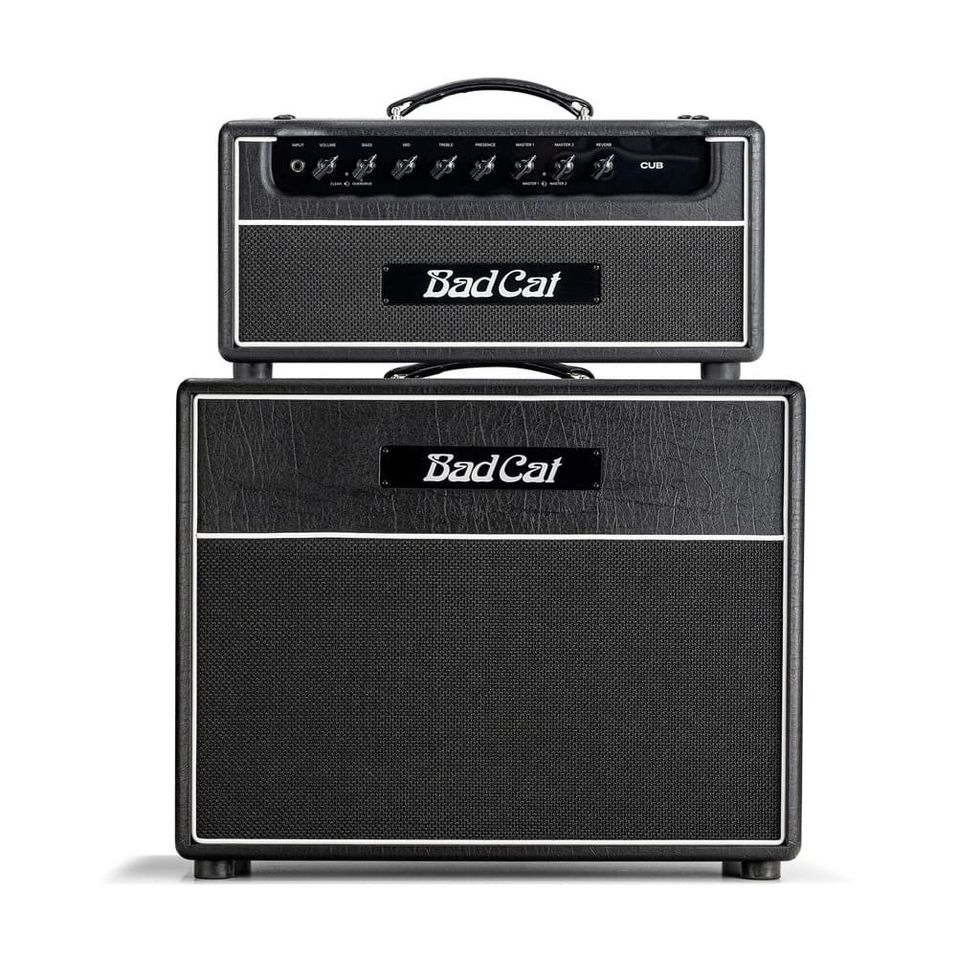
The Cub was among the original Bad Cat designs – boutique and highly desired, it has been used on countless stages and recordings. Over the years, the Cub’s design has been steadily refined and improved. Every iteration brings something new to the table and our newest Cub is no exception. A single channel amplifier now with two gain modes, the updated original Cub circuitry is accessed in clean mode, while the overdriven mode features a newly voiced, more aggressive side to the Cub.
Specs:
- 30W – 2x EL34 in Cathode-Bias Class AB Configuration
- Single Channel
- Clean and OD Gain Modes
- Two Discrete, Switchable Master Volume Controls
- Global Input Volume, Bass, Mid, Treble, and Presence Controls
- Studio Quality Reverb
- Buffered Effects Loop
- 1 x 12” Celestion V30 “Bad Cat Custom” Speaker (Combo Only)
- 2 Button Footswitch and Slip Cover Included
Bad Cat Hot Cat
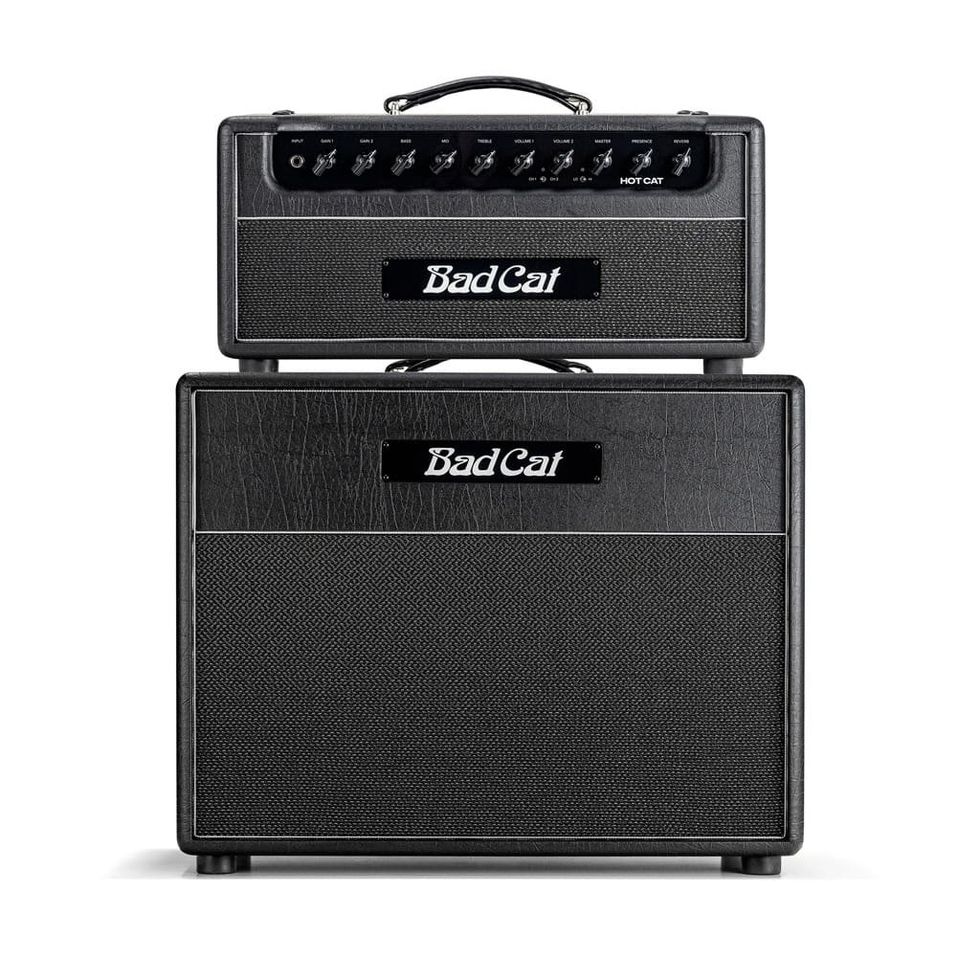
The award winning Hot Cat amp was introduced in 2005 to great accolade. As pleased as we are with the original, the time had come for a whole new Hot Cat. We took everything we have learned over the last 20 years and applied it to this limitless reimagining of the Hot Cat. A two channel amplifier now with two gain modes per channel, the Hot Cat provides virtually limitless gain combinations as well as studio quality reverb, and an all new fully buffered effects loop.
Specs:
- 45W – 2x EL34 in Fixed-Bias Class AB Configuration
- Two Channel
- Lo and Hi Gain Modes
- Two Discrete, Gain and Volume Controls per Channel
- Global Master, Bass, Mid, Treble, and Presence Controls
- Studio Quality Reverb
- Buffered Effects Loop
Bad Cat Lynx
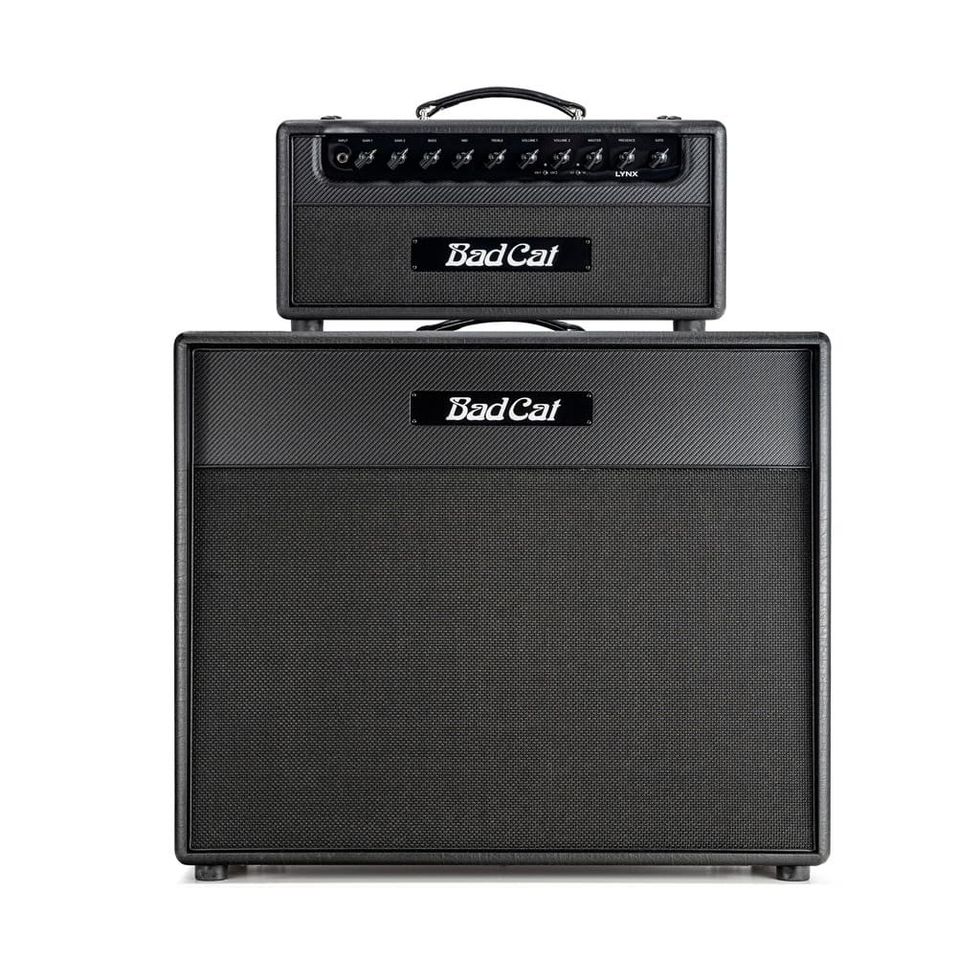
Modern high gain players need tight low frequencies that punch and react quickly to staccato palm muting. They need high frequencies that cut without being harsh and grainy. They need effective midrange shaping with complexity and articulation. Finally, they need blistering gain with none of the noise. The new Lynx is designed to meet and exceed these demands. The Lynx has two distinct channels and a massive 7 gain stages. A new Lo/Hi switch allows exploration of gain stage topology not yet found in any other amplifier from Bad Cat.
Specs:
- Designed and Built in Southern California
- 50W – 2x EL34 in fixed bias class AB configuration
- Two Channel
- Lo and Hi Gain Modes
- Channel-dedicated GAIN and VOLUME controls
- Global Master, Bass, Mid, Treble, and Presence Controls
- Adjustable noise gate circuit – Patent Applied For
- Buffered Effects Loop
- 12” Celestion Vintage 30 (Combo only)




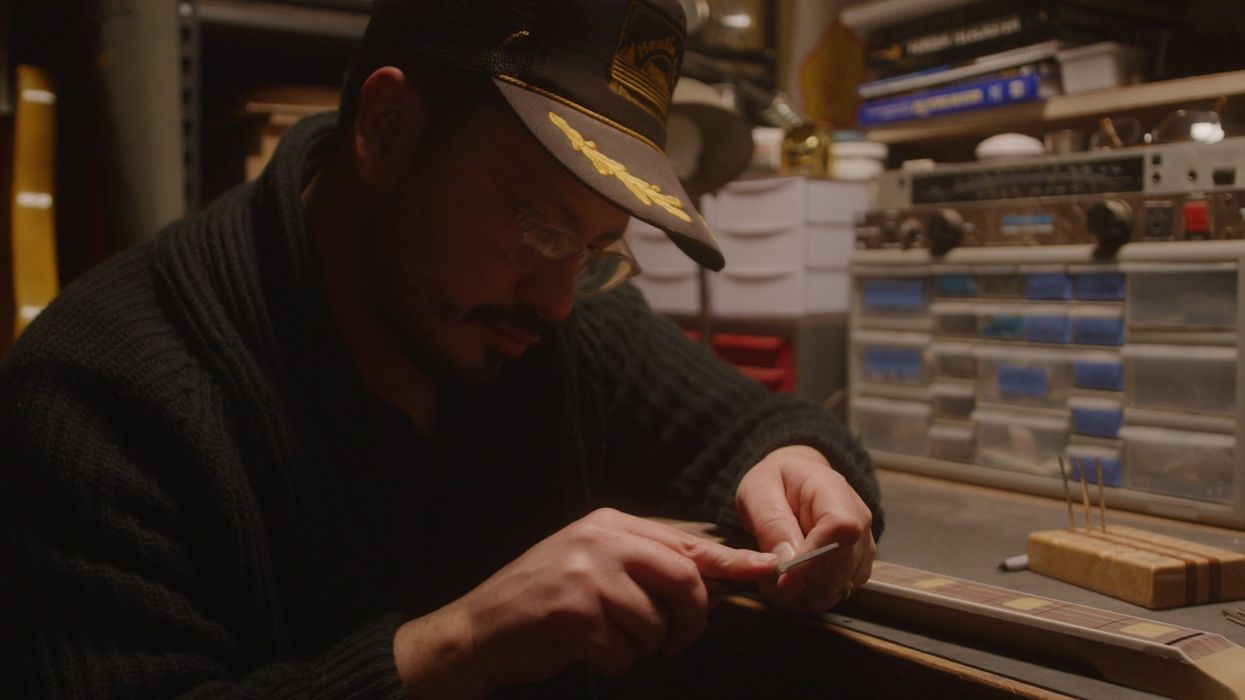
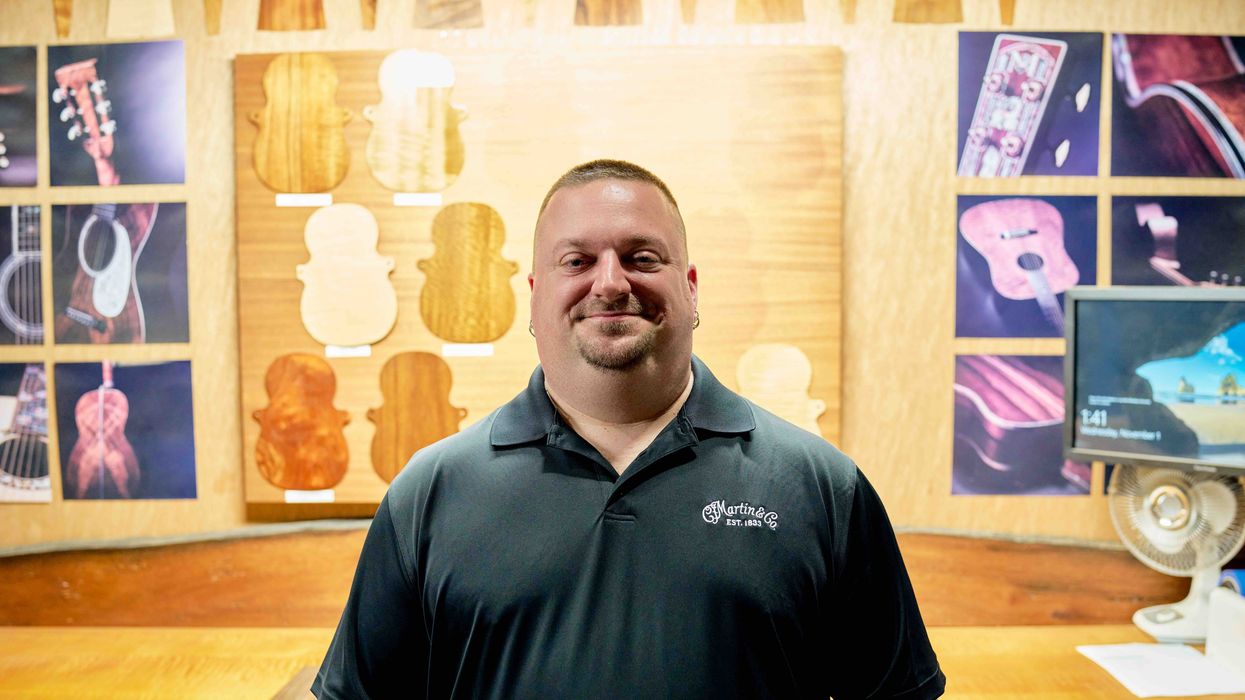
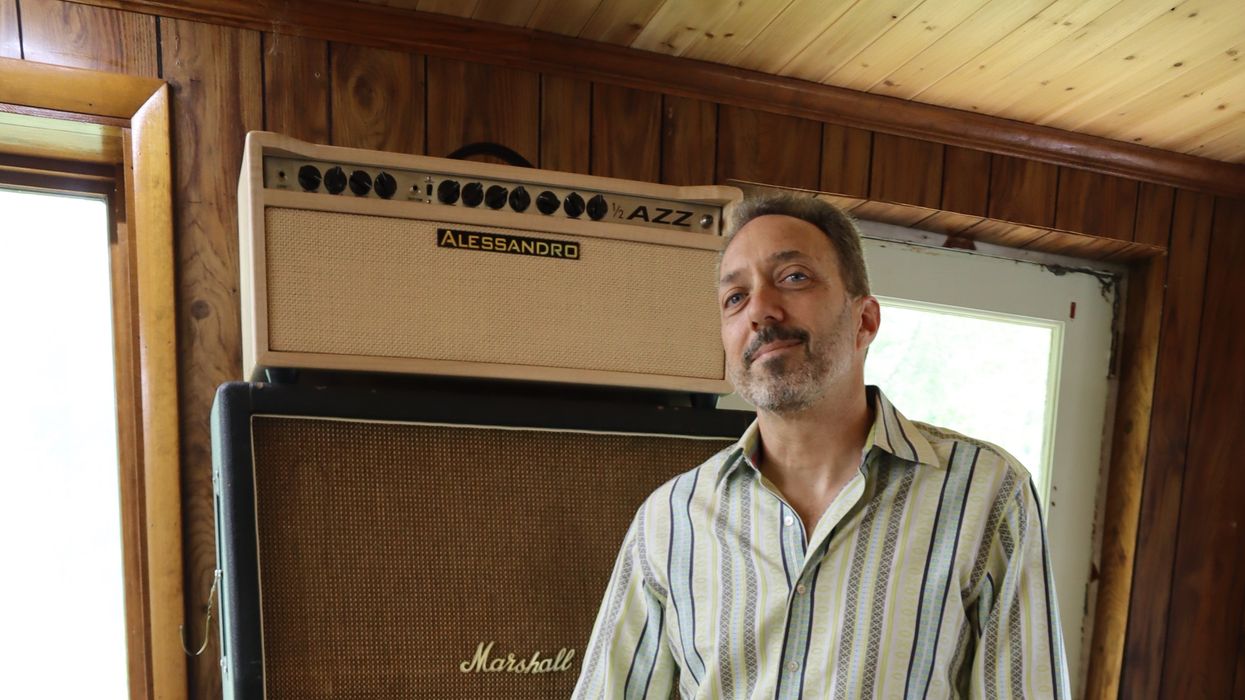
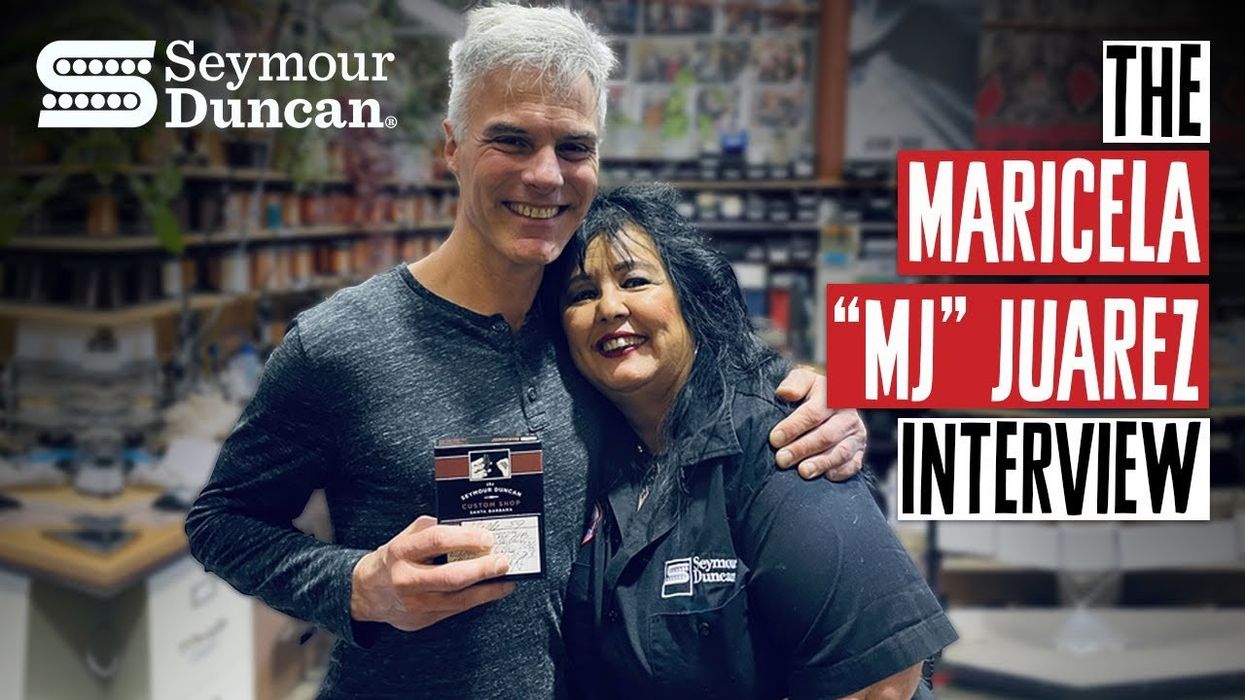
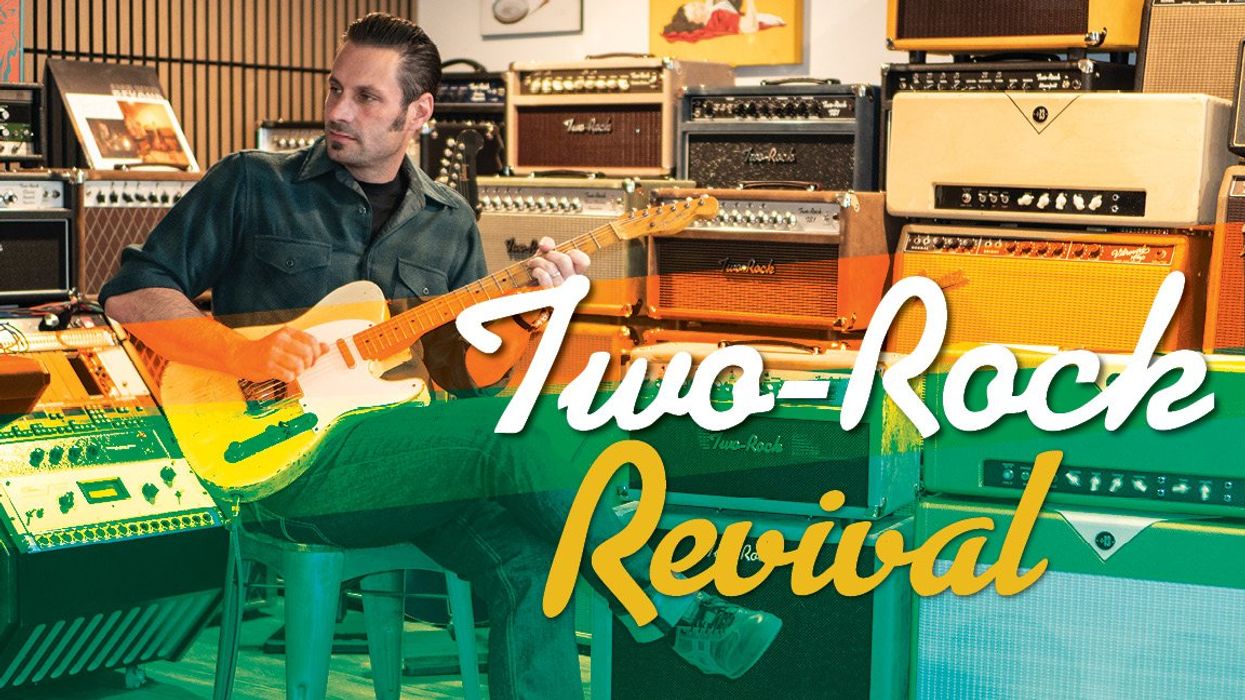
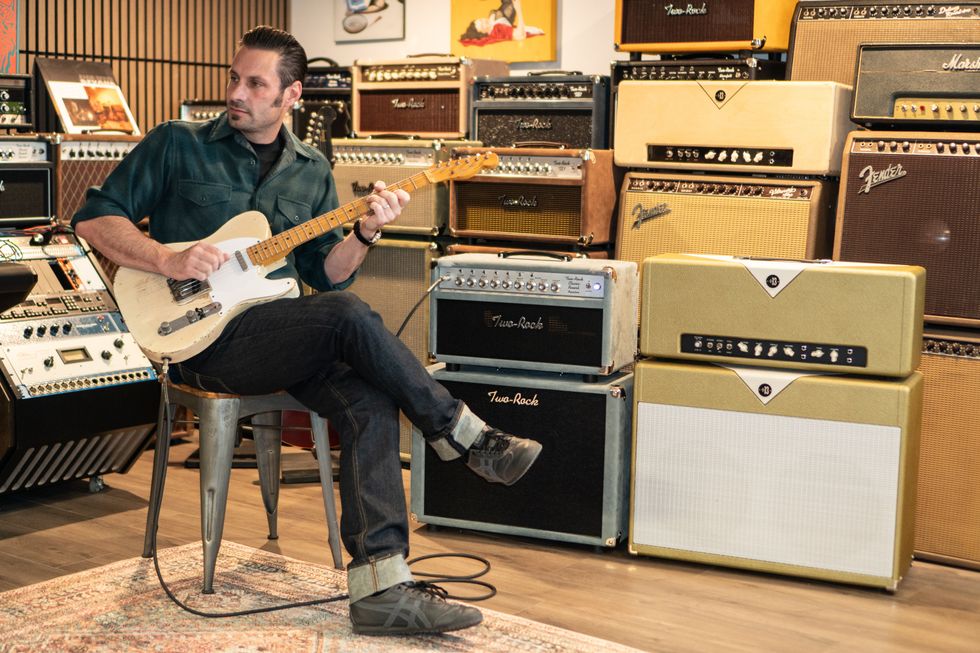
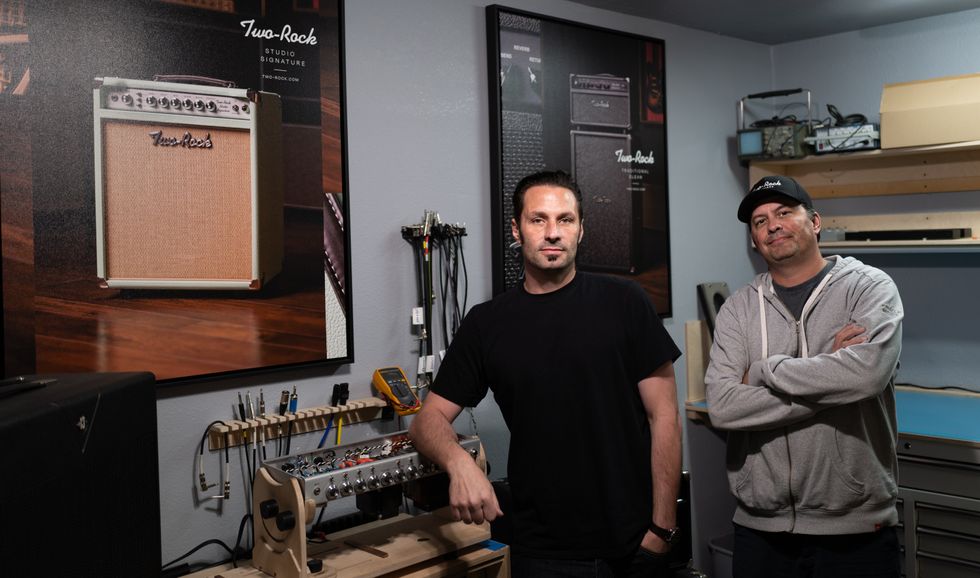
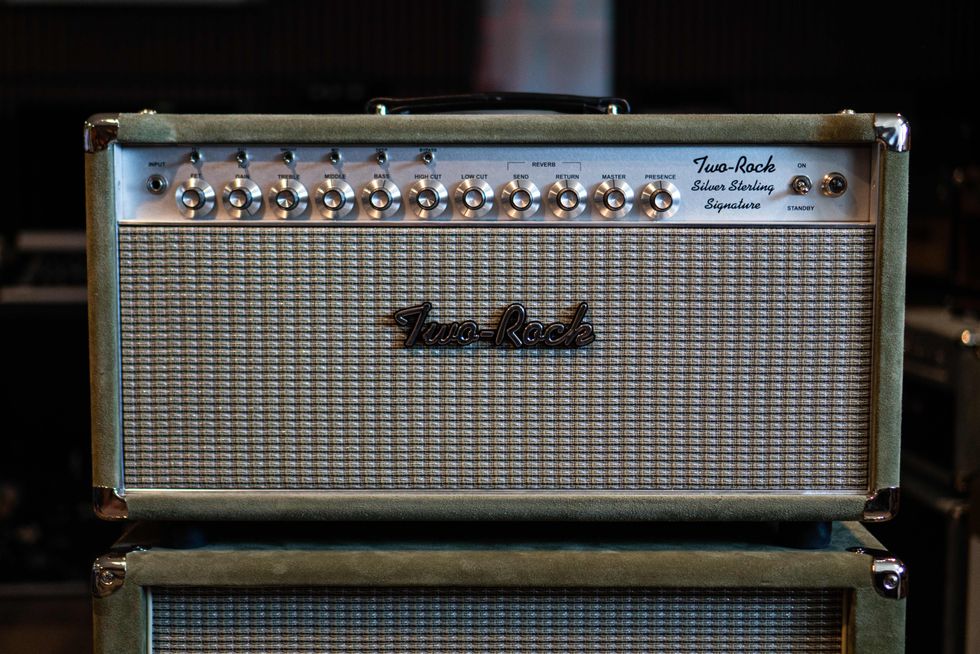
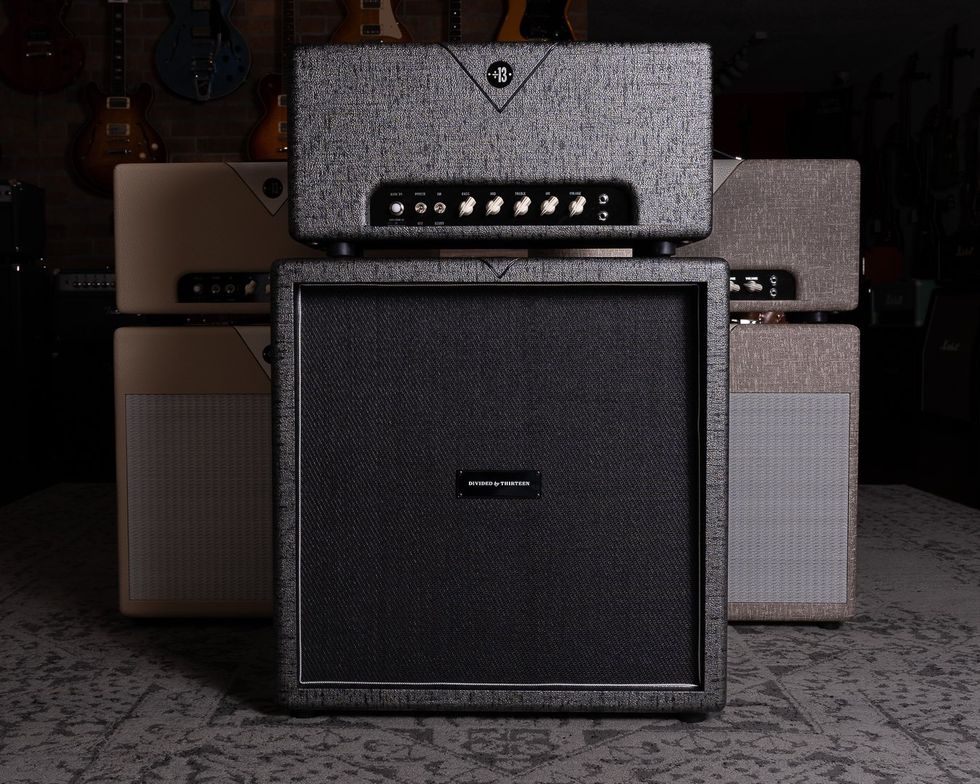
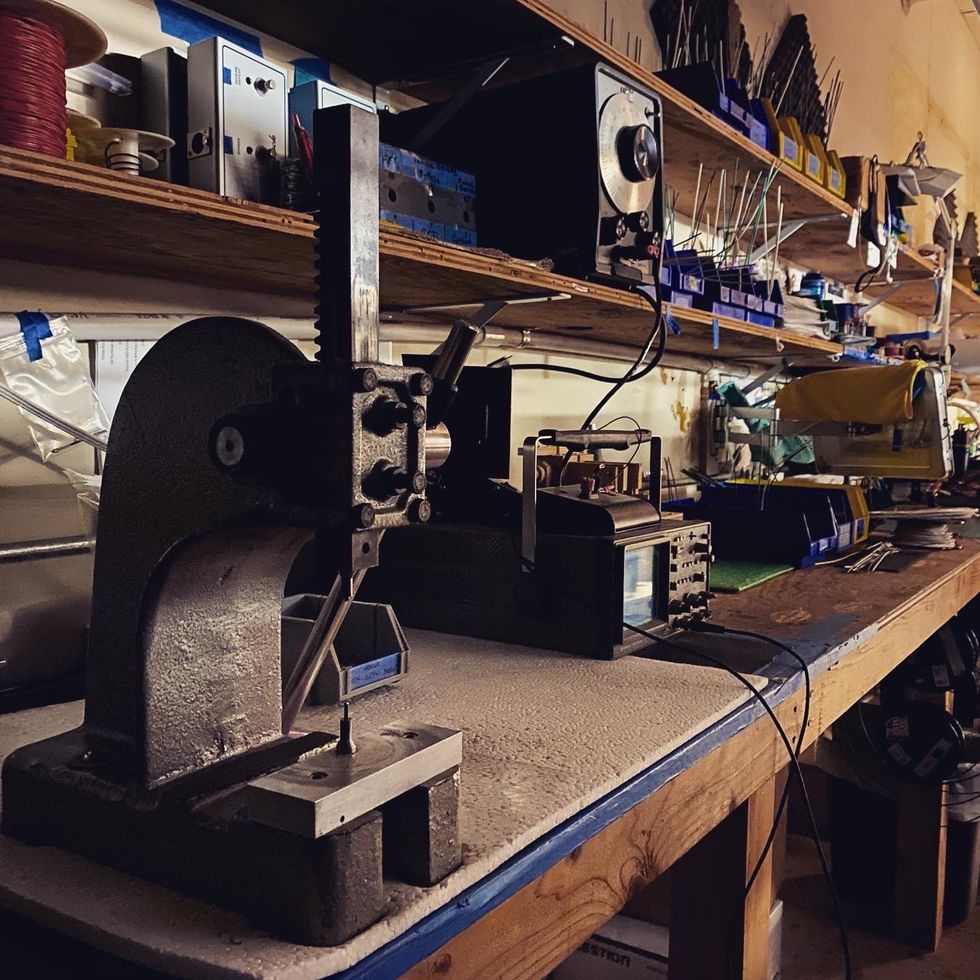



![Rig Rundown: Russian Circles’ Mike Sullivan [2025]](https://www.premierguitar.com/media-library/youtube.jpg?id=62303631&width=1245&height=700&quality=70&coordinates=0%2C0%2C0%2C0)

